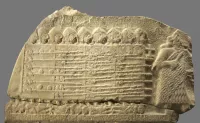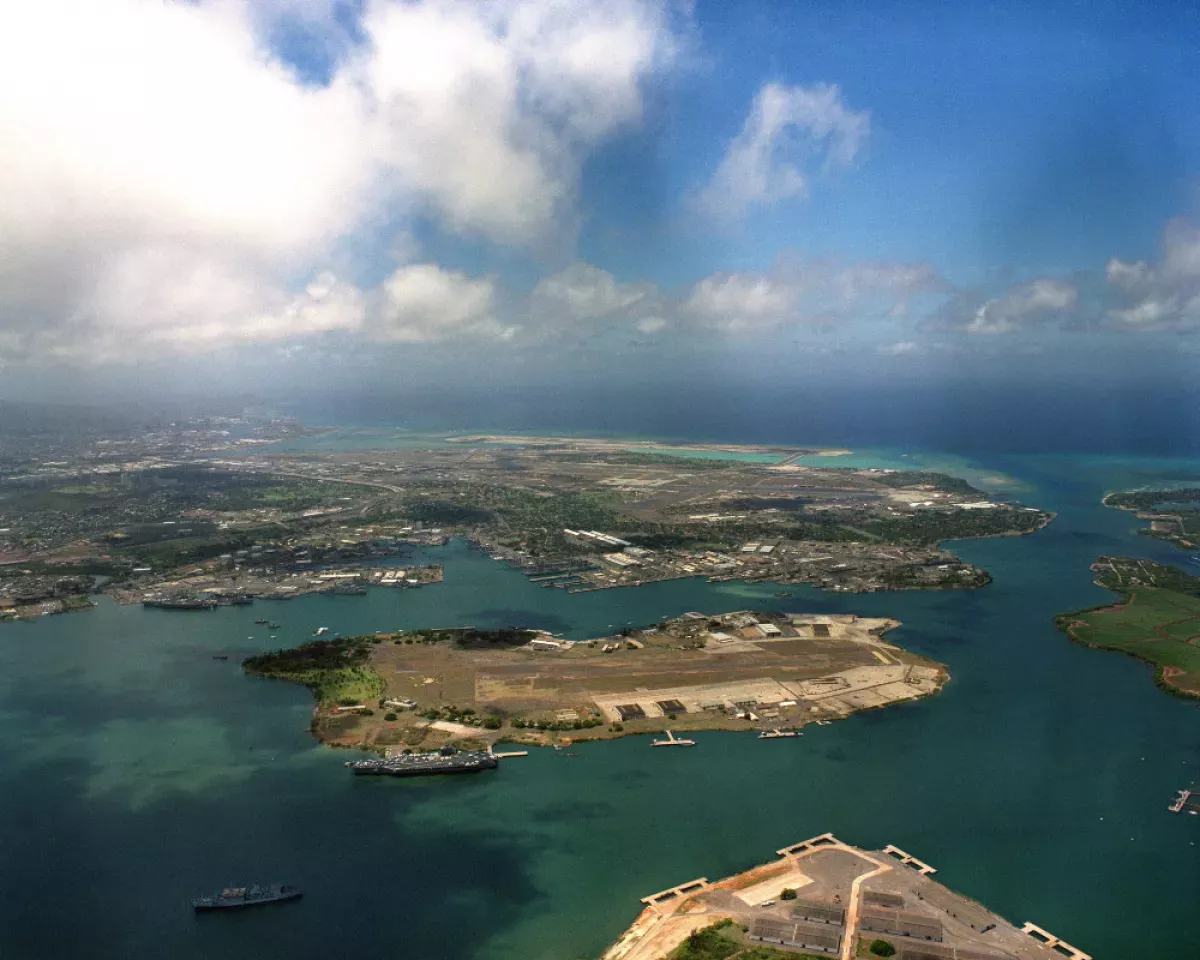Pearl Harbor is a lagoon harbor on Oahu, Hawaii, that became a U.S. naval base after the Reciprocity Treaty of 1875. It serves as the headquarters of the United States Pacific Fleet. On December 7, 1941, the Imperial Japanese Navy launched a surprise attack on Pearl Harbor. This event led the United States to declare war on Japan, thus marking the U.S.'s entry into World War II.
October 14, 1992: Pearl Harbor Naval Complex added to National Priorities List
On October 14, 1992, the US Environmental Protection Agency added the Pearl Harbor Naval Complex as a superfund to the National Priorities List.
2010: Pearl Harbor joined with Hickam Air Force Base
In 2010, Pearl Harbor joined with Hickam Air Force Base to create Joint Base Pearl Harbor–Hickam, after the Navy and the Air Force merged their two nearby bases.
December 2016: Joint visit to Pearl Harbor by Shinzo Abe and Barack Obama
In December 2016, Japanese Prime Minister Shinzo Abe and US President Barack Obama made a joint visit to Pearl Harbor, marking the 75th anniversary of the attack. It was the first official visit by a sitting Japanese leader.
December 4, 2019: Shooting at Pearl Harbor Naval Shipyard
On December 4, 2019, a US Navy sailor killed two civilian workers and wounded another, before shooting himself at the Pearl Harbor Naval Shipyard.
Mentioned in this timeline

Barack Obama the th U S President - was the...
Japan is an East Asian island country situated in the...

War is defined as an armed conflict involving the organized...

Shinzo Abe was a prominent Japanese statesman known for his...
Trending

1 month ago Martha Stewart's Holiday Collection Returns for 2025: Decor and Dining Favorites!

6 months ago Adou Thiero: From Arkansas Project to NBA Draft Prospect in 2025

1 month ago Jason Bateman's Sister Justine; Amy Poehler's SNL Chimpanzee Scare Detailed.
7 months ago Savannah Guthrie and Craig Melvin Temporarily Replaced on Today Show: Here's Why
26 days ago SeaWorld and Busch Gardens Face DOJ Probe Over Walker Ban Policy.
22 days ago Marcus Freeman: Notre Dame coach considered for Giants head coaching vacancy in NFL.
Popular

XXXTentacion born Jahseh Dwayne Ricardo Onfroy was a controversial yet...

Ben Shapiro is a prominent American conservative political commentator media...

Candace Owens is an American conservative political commentator and author...

William Franklin Graham III commonly known as Franklin Graham is...

Tucker Carlson is an American conservative political commentator known for...
The Kennedy Center Honors are annual awards recognizing individuals and...
